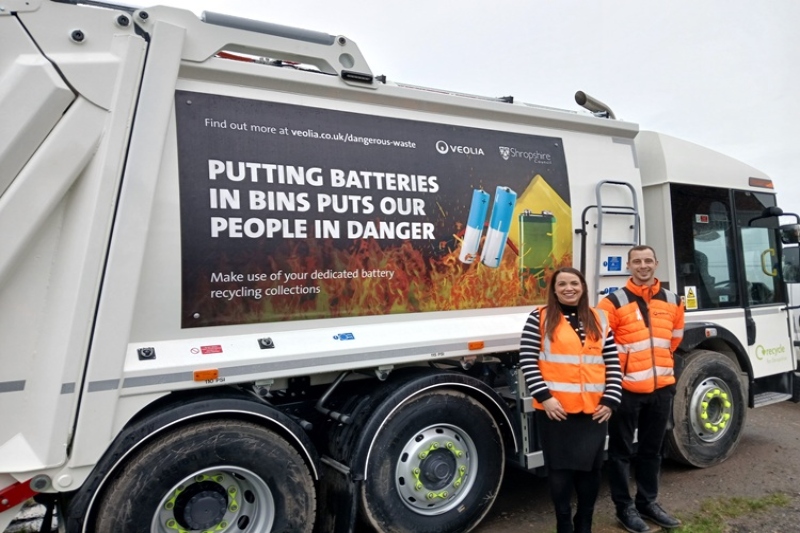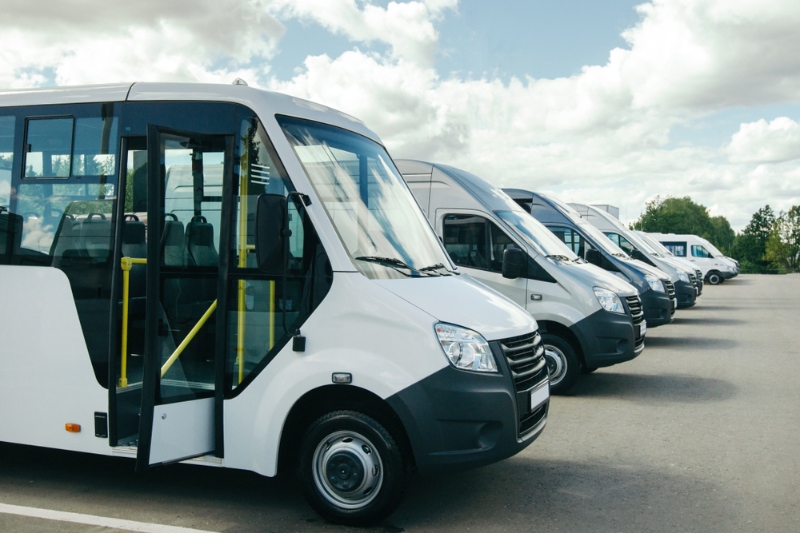The next generation of charging technologies is set to be dominated by fast-charging, vehicle-to-home, and vehicle-to-grid models, a new study argues.
Frost & Sullivan’s recent analysis, Future Opportunities in EV Charging, Forecast to 2030, analyses the key charging models that are available or are under development and assesses their technical and commercial viability.
It examines the key stakeholders such as electric vehicle (EV) manufacturers, battery suppliers, power utilities and infrastructure, EV end users, regulators, external actors, and EV aggregators.
Wireless charging is expected to be the biggest disruptor despite the fact that it requires huge investments in infrastructure, the report says.
It also argues that solutions will find greater uptake when they are offered as a package with wider grid services such as demand response and load management.
‘With pure electricity sales likely to dip due to the rising efficiency of electric vehicles operationally, investors will seek opportunities in grid services,’ said Vasanth Krishnan, Energy & Environment Senior Research Analyst at Frost & Sullivan.
‘They will also look to form partnerships or collaborate with end-supplier utilities, technology solution providers, or digital platform providers to offer unique functions.
'The focus will be on delivering value-added benefits such as ease of operation, speed of charging, pricing, and support for a variety of EVs.’
According to Frost & Sullivan’s research, successful charging solution providers will tap growth opportunities by ensuring the availability of charging infrastructure across commonly used transport paths.
They also argue that charging solution providers will collaborate with utilities, technology solution providers, and EV manufacturers to enable commonality and availability.
Using digital platforms to manage the charging portfolio and monitor the health of the equipment will also be important for the providers success.







